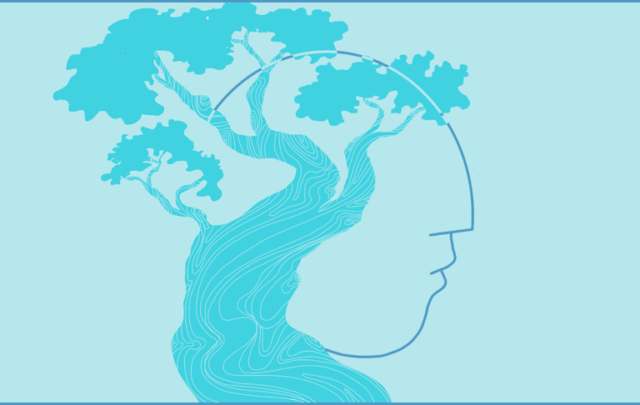Mongolia’s Nomadic Weather Readers
2010 was a rough year on the Mongolian steppe for the country’s herders. That year, an extremely cold winter struck, known locally as a dzud, wiping out 9 million animals, or 20 percent of the national herd in a country where livestock continues to be central to herders’ livelihoods and play a vital role in the national economy. The freezing temperatures of minus 50 Celsius were the worst in living memory, although the effects of climate change have been eating steadily into the lives of Mongolia’s herdsmen for several years. Along with the degradation of the steppe’s fragile grasslands through overgrazing, and the rapid societal change that comes with globalization, the millennia-old way of life on the steppes is under threat.
March 14, 2013
China beefs up alternatives to industrial agriculture to improve food security
China’s agricultural development in recent decades has contributed to the country’s increase in food security and reduction in poverty. However, the country continues to face persistent rural poverty in fragile agroecological regions, increasing socioeconomic inequality, feminization and aging of the agricultural workforce, environmental degradation, and erosion of biodiversity…Farmers, led by women, have organized new local organizations for technology development, seed management, and market linkages.
February 29, 2012
How Mongolian herders are transforming nomadic pastoralism
For centuries, herders have roamed the grasslands “following our animals,” as the herders’ adage goes, building, packing, and rebuilding their traditional gers, or tents, to make their living from nature’s bounty…A decade ago, herders first observed the impacts of climate change with the increase in severe weather events like storms, droughts, and extremely harsh winters, known as zud. The 2010 zud was one of the worst ever, resulting in the death of approximately 8.5 million livestock or 20 percent of the 2009 national herd.
Some are now arguing for a radical change in policy and practice: breaking down enclosures; terminating intensive land use (for example, for crop production); and reopening the grassland to collectively managed practices. Comanagement takes time and effort to become operational but, once established, becomes a driver of innovation.
October 17, 2011



